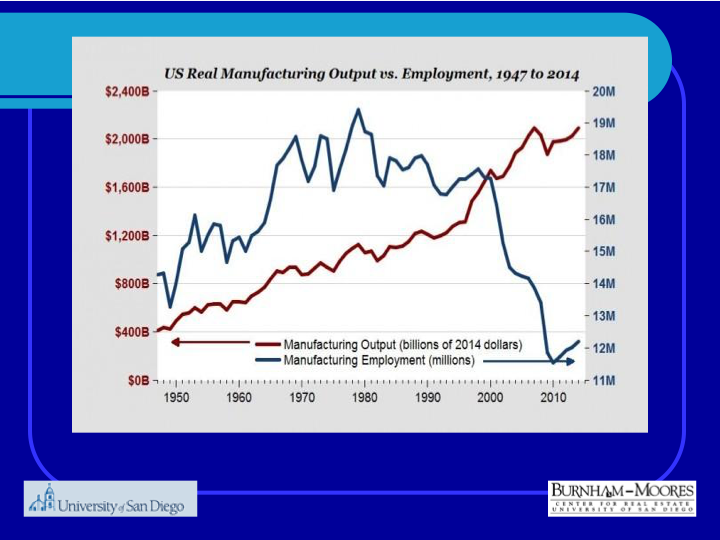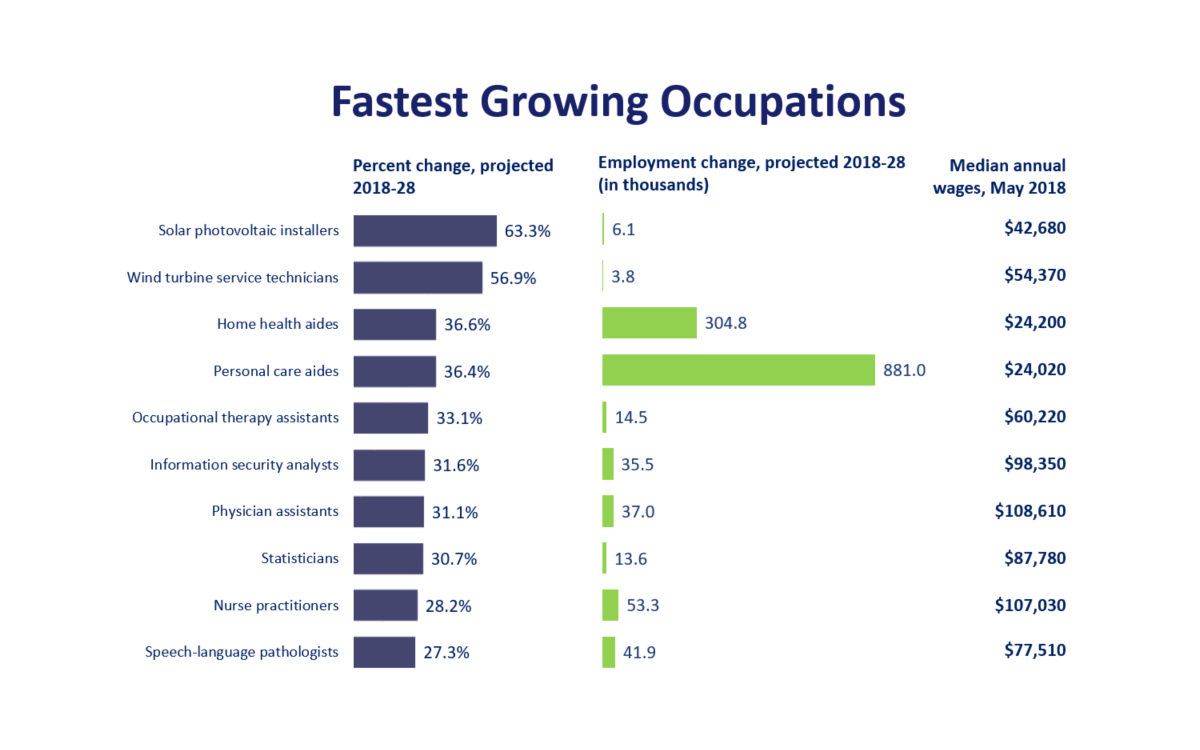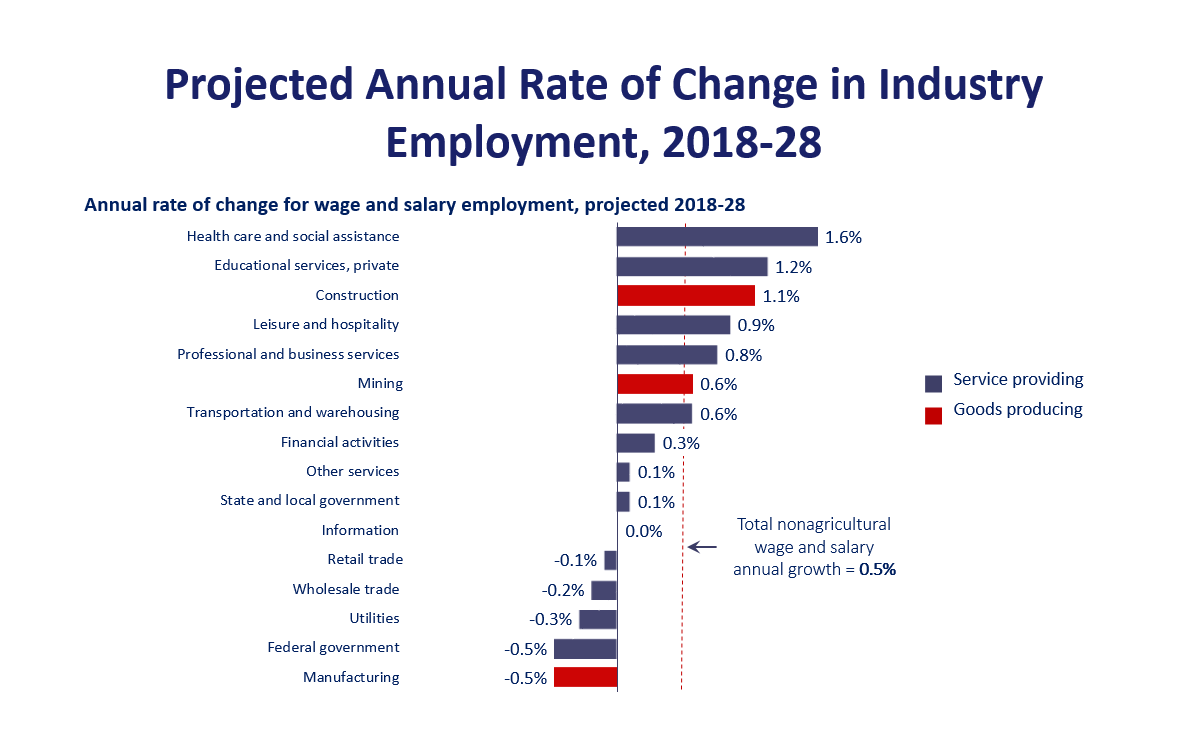The July 16 headline in CUToday said it all: In First-of-its Kind Deal, Corporate America Family CU Buying Bank.
Just another in the 20+ bank purchases by credit unions over the past two years? Hardly.
The article mentions that this is the first time a federal mutual holding company that converted to stock, will have its assets and liabilities sold to a credit union.
The Ben Franklin Bank of Illinois converted to a stock holding company in 2015. Ben Franklin Bank was founded in 1893 as a mutual savings and loans. Thus, one uncertainty in the transaction is the obligation to the “liquidation accounts” created for depositors in the mutual at the time of conversion. But this is not the core issue.
The Real Issue
In a joint press release by both firms’ CEOs, the “transaction has been unanimously approved by the board of directors of each party and is expected to close in early 2020.”
Steven Sjogren, President and CEO of Ben Franklin commented in the release “we have spent a long time seeking to maximize stockholder value and believe that we have negotiated an outstanding transaction for our stockholders.”
Reviewing the past ten years of Ben Franklin’s results and its stock price prior to the announcement, that would certainly appear to be a reasonable description. The question the members of Corporate America Family CU and its board should be asking is whether it’s a reasonable deal for them.
Ten Consecutive Years of Losses at Ben Franklin
Reviewing the annual reports and 10K filings on the Ben Franklin website, the following facts stand out:
- June 30, 2019 data shows: $97.8 million in assets, $77.6 million in deposits; $11 million in equity; a $7.0 million FHLB loan; and loans of $73.7 million.
- The bank has had negative income every year since 2008.
- The efficiency ratio for 2018 was 111.08% and for 2017, 129.0%. At June 2019, 127.8%.This means operating expenses exceeded net interest income plus all other revenue.
- The bank raised $4.5 million by issuing 600,000 new shares for a price of $7.50 per share in January 2018. The cost of the offering was $366,000 or 8.1% of the gross proceeds
- Two consent orders have been issued by the Office of the Comptroller of the Currency. The one on Dec 19, 2012 was followed by a second on November 2015 designated the bank a “troubled institution”. This order was ended in February 2019.
- The stock price before the purchase announcement was $6.80 jumping to $9.56 the day after the announcement. The credit union announced a purchase price per share of 10.33-$10.70 subject to various costs and other factors to be determined.
- In the 2018 annual report, the following outlook is given: We do not anticipate net income until we experience significant growth in our earning. At mid-year 2019, the credit union’s operating loss was $262,000.
- At a price of $10.50 per share, the purchase would be at approximately $2.4 million higher than the June 2019 equity, that is 122% of the current book value.
- The bank’s 2018 annual report states its share of bank deposits in its core markets are 1.69% Arlington Heights, 2.83% Rolling Meadows, and .03% in Cook County.
None of this operating history was discussed in the press release or how the credit union expected this decade long losing operation to be turned around.
As of June 2019, Corporate American Family reports $605 million in assets and 20 branches in ten states including AZ, CT, GA, CA(2), OH, PA VA TX and IL. Its year over year share growth was -0.81% and loan growth 4.68%. ROA was 0.61% and net worth 17.17%
Questions the Board Should Be Asking on Behalf of Members
Why is this purchase in the members’ best interest? How would Corporate American Family be able to turnaround an operation that has lost money every year for over a decade? What are the all-up transaction costs in addition to the stock purchase price?
How was the offer price determined given the stock price at the time of the announcement ($6.59) and the recently completed 600,000 new shares at a price of $7.50, less transaction costs?
The CEO of Ben Franklin is correct: This is an “outstanding transaction for our shareholders,” (especially for those that bought in at $7.50 per share 18 months earlier). It would not seem to be the same value for the member-owners of the credit union.
Is this first-of-its-kind deal why NCUA recently announced its intent to consider requiring more transparency around credit union’s purchase of banks?



